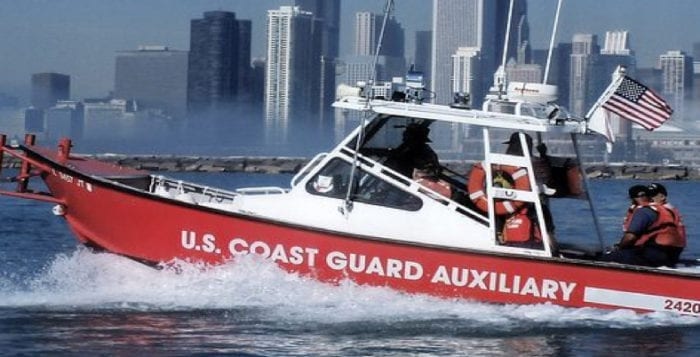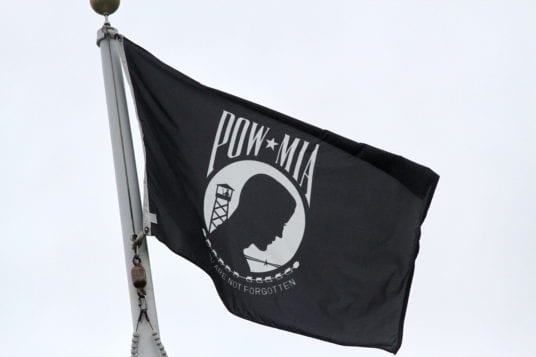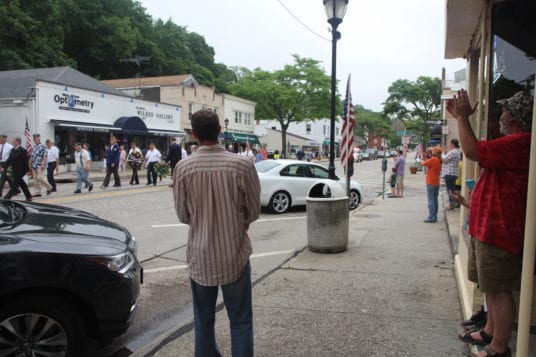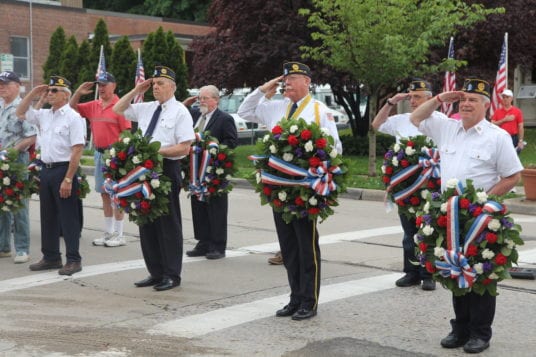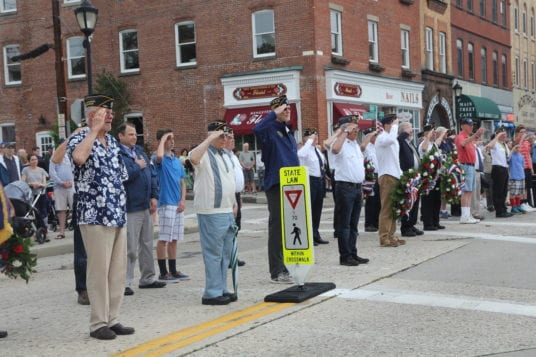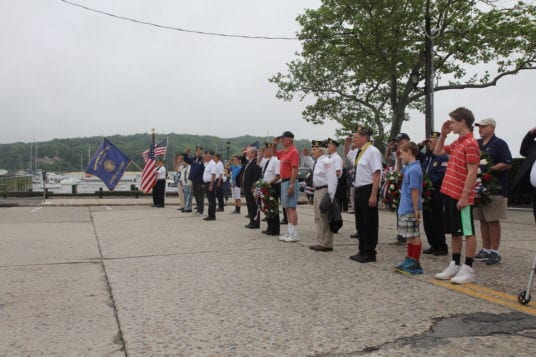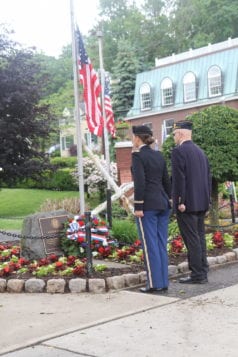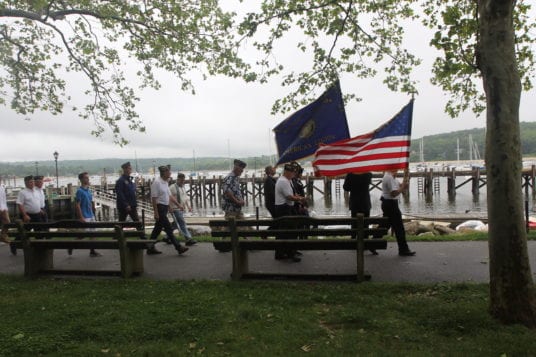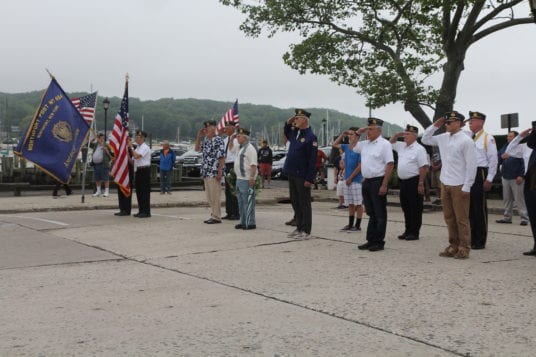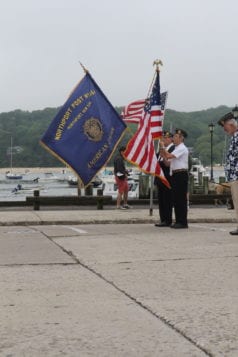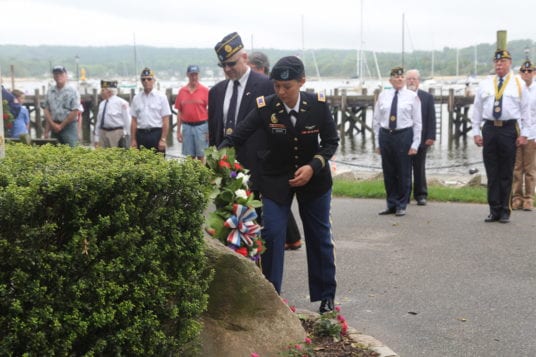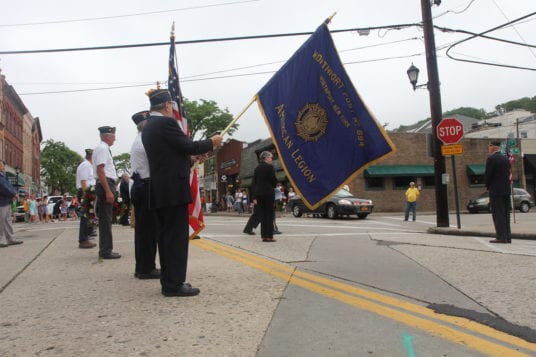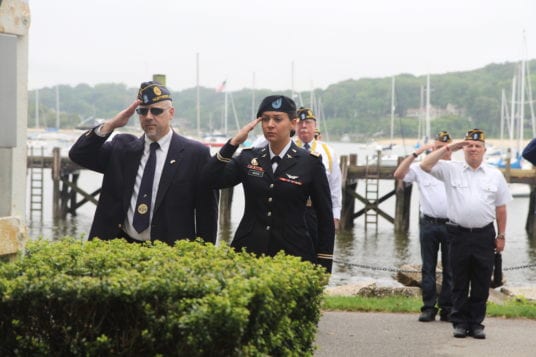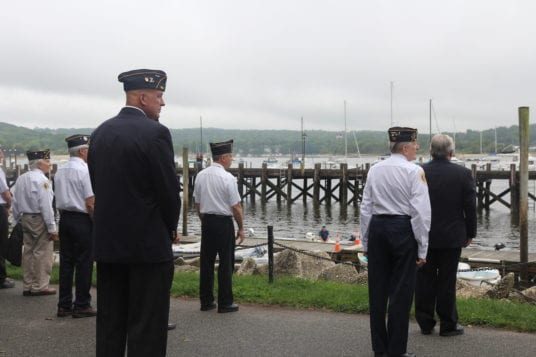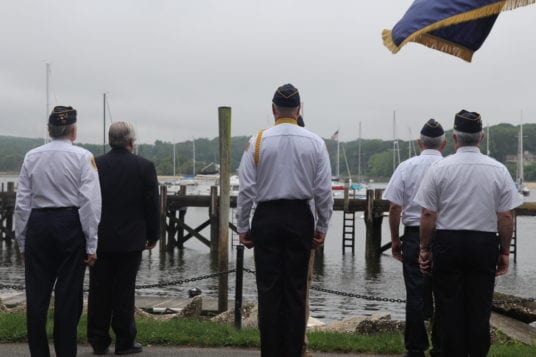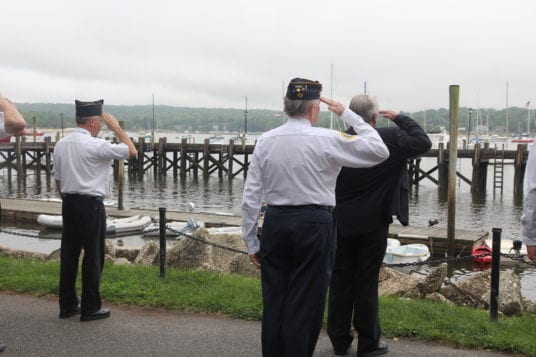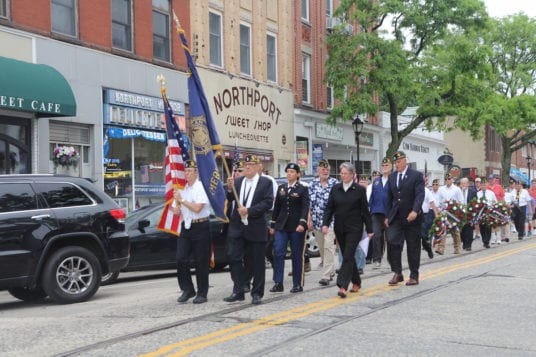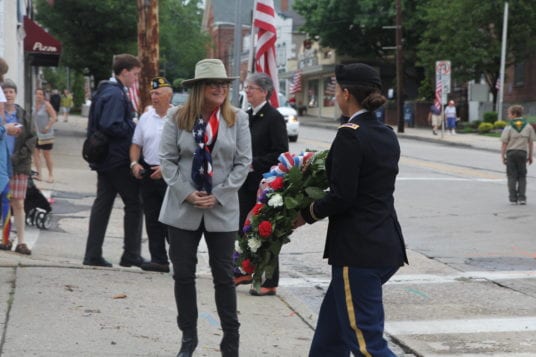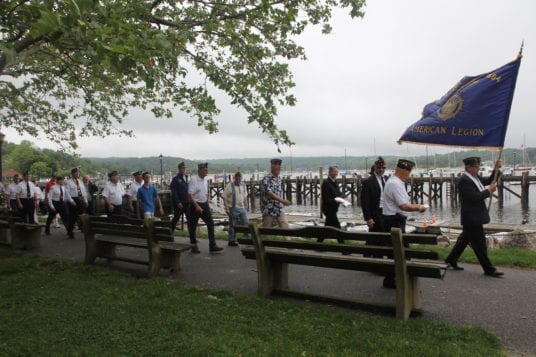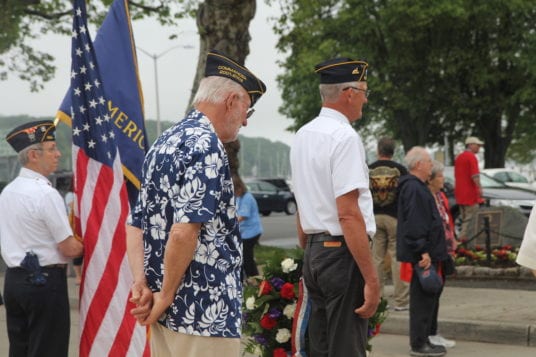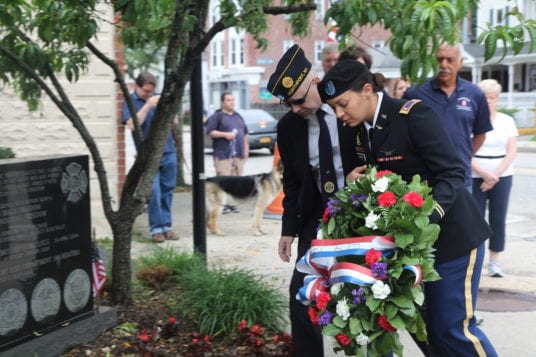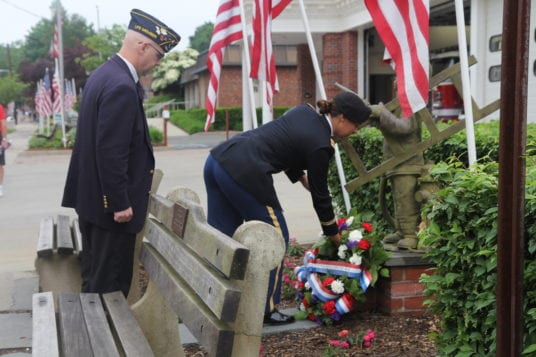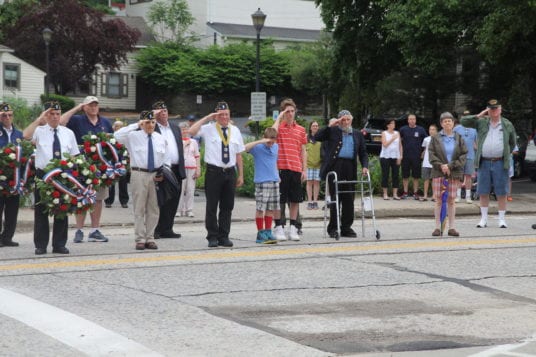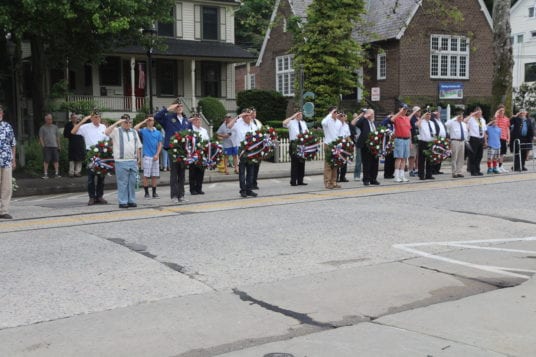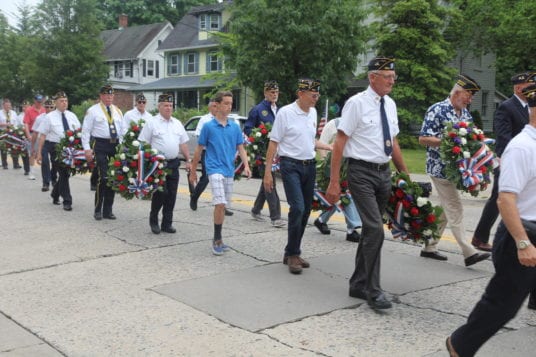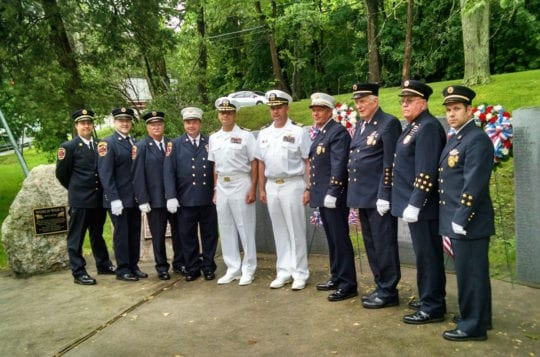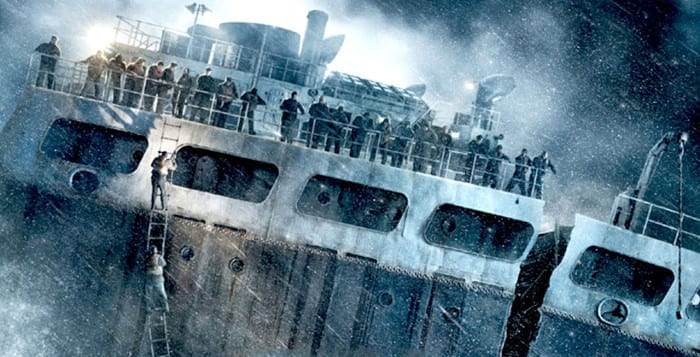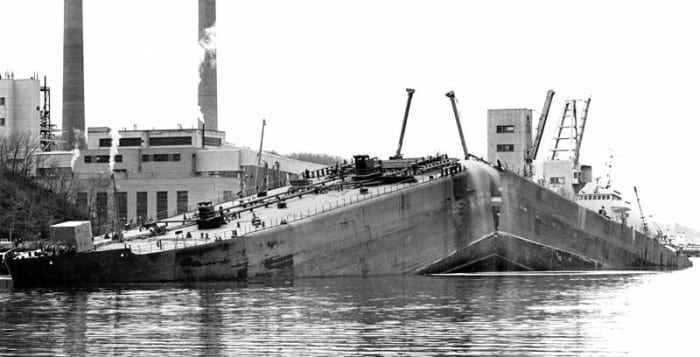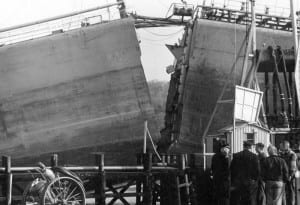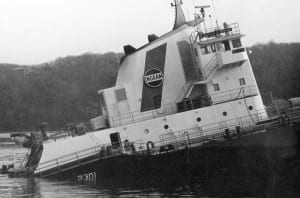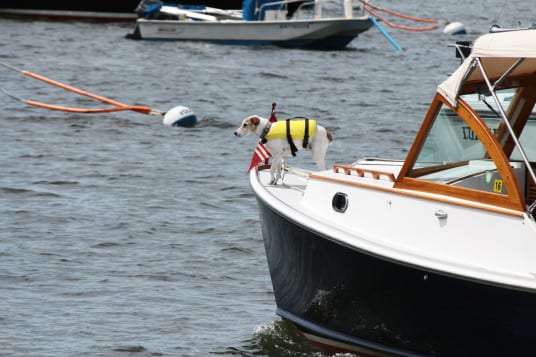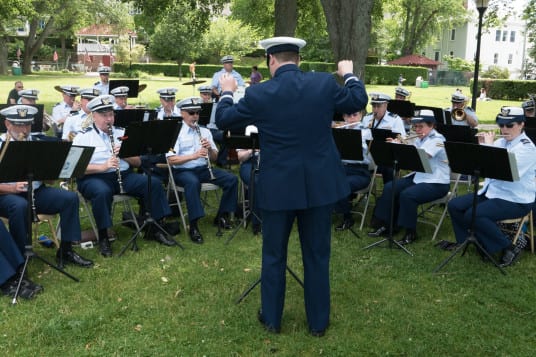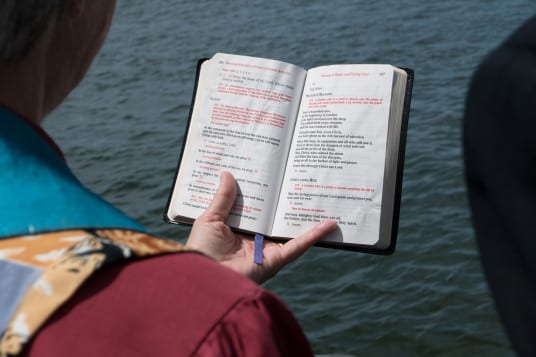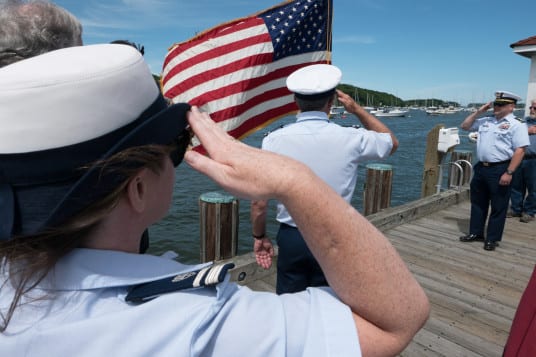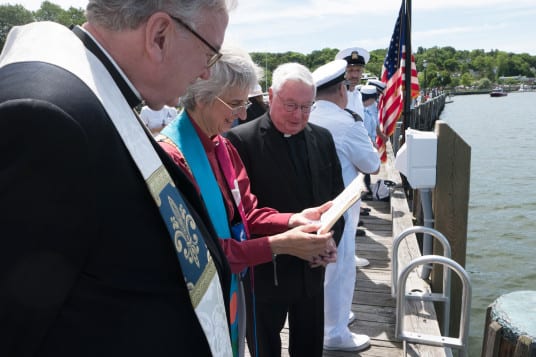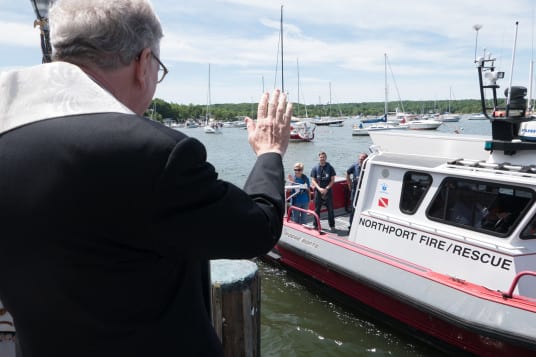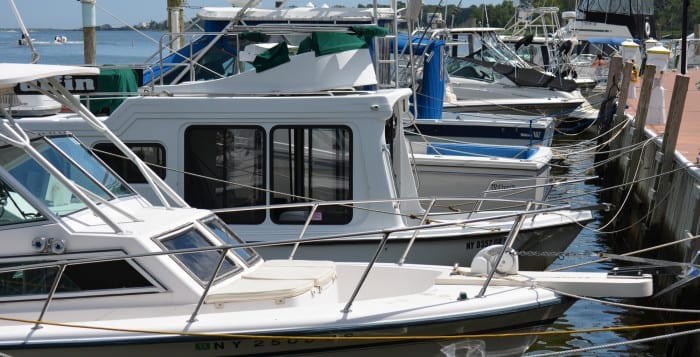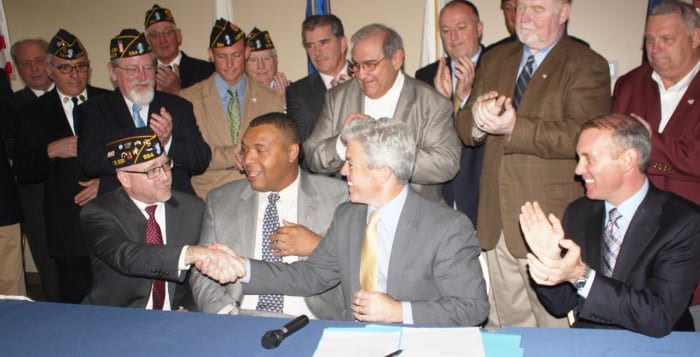By Herb Herman
The Port Jefferson flotilla of the U.S. Coast Guard Auxiliary has been designated flotilla of the year. This is an award presented to the flotilla by the auxiliary’s 22nd Division of the 1st Southern Region of the Auxiliary. The 22 Division includes the auxiliary’s seven flotillas on Long Island, all of which report to the Coast Guard station at Eaton’s Neck.
The U.S. Coast Guard Auxiliary, created by an act of Congress in 1939, is an all-volunteer civilian branch of the Coast Guard, acting as a “force multiplier,” where auxiliary members, both men and women, frequently aid the Coast Guard in wide-ranging activities. At Coast Guard stations around the country, auxiliary members carry out watch standing, that is, they will engage in communication management for a Coast Guard station. Frequently, they work in the stations’ kitchens, helping in food preparation and service.
Many auxiliary members are talented craftspeople and will frequently work to support and improve Coast Guard station facilities.
Some 28,000 auxiliary members contribute more than 4.5 million hours of service each year and complete nearly 500,000 boating safety patrol missions to support the Coast Guard. Every year auxiliarists help to save some 500 lives, assist 15,000 distressed boaters, and provide boater safety instruction to more than 500,000 students, adults and children alike. In total, the Coast Guard Auxiliary saves taxpayers hundreds of millions of dollars each year.
The Port Jefferson USCG Auxiliary Flotilla, 1st Southern District 14, Division 22, Flotilla 06, was founded in 2003 and now has 29 members. Since its founding, the flotilla has been active in boater education and in patrols within the Long Island Sound and in the Port Jefferson Harbor and Mount Sinai areas. Additionally, in this era of deep concern about terrorism, the flotilla engages in a program to inspect the marine-related facilities and the Port Jefferson Harbor infrastructure in order to discover and to report to the Coast Guard any vulnerability in the marine area. The Bridgeport-Port Jefferson Ferry is of particular interest to the Coast Guard and to the auxiliary.
The Port Jefferson flotilla, as well as the other six flotillas in Division 22 on Long Island, is actively recruiting men and women of all ages who want to serve their community and country in this unique way. Interested parties are invited to attend meetings, which are held on the second Wednesday of each month at the Port Jefferson Yacht Club on Surf Road at Port Jefferson Harbor. Doors open at 7 p.m. and call to order is at 7:30 p.m. For more information on the activities of the Port Jefferson Flotilla visit www.cgapj.org, email [email protected] or call 631-938-1705.
Herb Herman is the flotilla staff officer for public affairs, Port Jefferson Auxiliary Flotilla 14-22-06.

